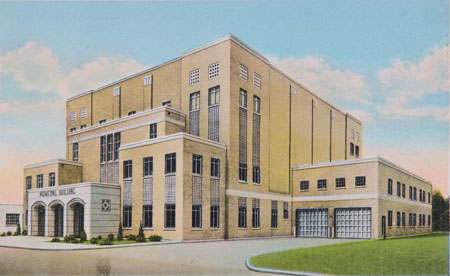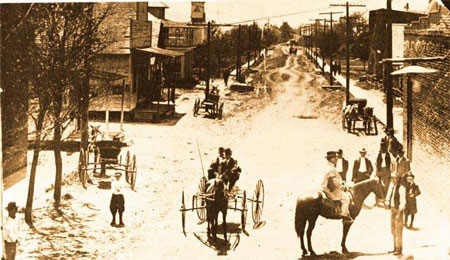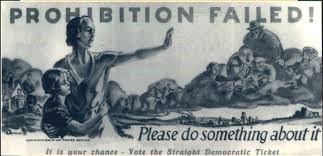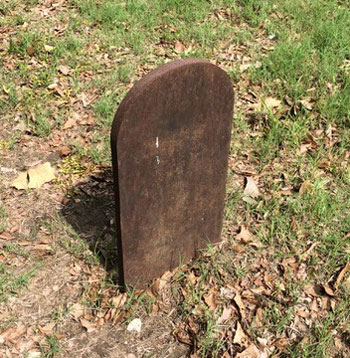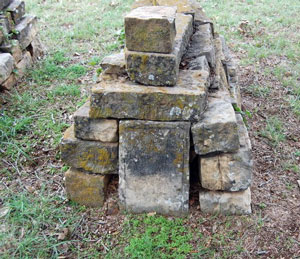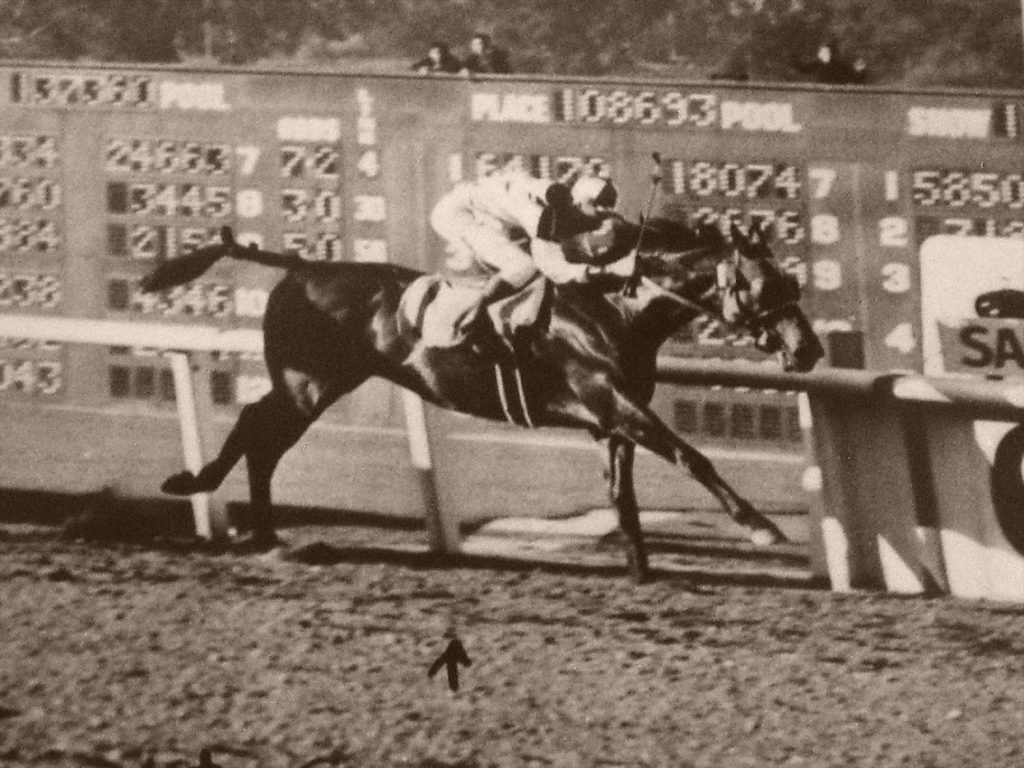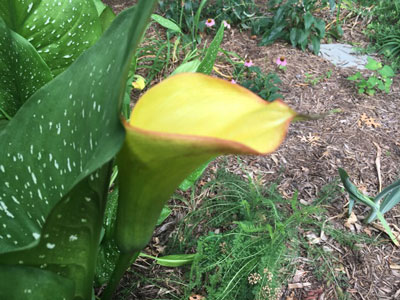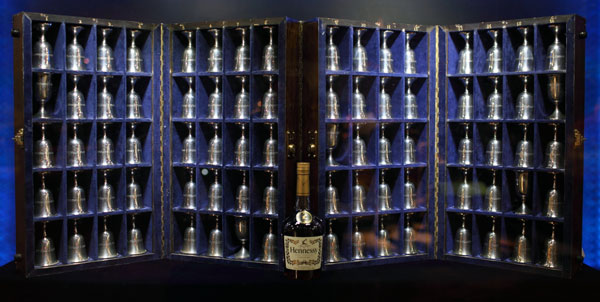Please join members of the Hunt County Historical Commission as well as members and supporters of the Cotton and Rural History Conference in the celebration of the life of the incredible James Conrad, PhD. The reception will be held at the Audie Murphy/ American Cotton Museum at 600 Interstate 30 East in Greenville, Texas from 5 to 7 P.M. on Saturday, August 10. There will be no entrance fees but stories and praise for Dr. Conrad will be greatly appreciated.
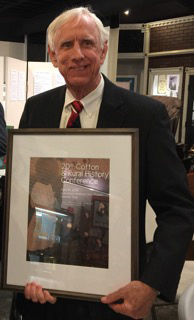
Earlier this summer one of our best loved historians passed away. Anyone who knew Dr. Conrad realizes the huge gap now in local Northeast Texas history, in guidance to graduate students, in encouragement to genealogy and local history groups, and to everyone who had the honor of meeting Jim Conrad. He was a great friend who convinced me I should become involved in the Hunt County Historical Commission and local history back in 1980. I’m still active.
I first met Dr. Conrad in the summer of 1979 when he and Dr. Ralph Goodwin offered a graduate course titled “Reading, Researching and Writing Local History.” The class was six hours long four days a week. It was a capsule of what is today known as Public History. We visited local cemeteries and museums, got a wonderful glimpse at all the treasures in the Archives of Gee Library then on the campus of East Texas State University and listened to representatives from Texas Historical Commission, National Register of Historic Places, and other state and national preservation groups. All of this occurred within a few miles radius of the campus. At the end of the course I knew what field I should pursue.
Later that fall, Dr. Conrad called to invite me to join the Hunt County Historical Commission. It was and still is a fun group dedicated to local history and preservation. In the spring of 1986, the Commission planted a live oak on the south lawn of the courthouse in honor of the 150th Anniversary of the Republic of Texas. Ten years later the commission led a celebration to rededicate the Hunt County Courthouse with reenactors of the second-floor ledge carrying a tradition from the time the courthouse was first opened in 1929. Dr. Conrad was actively involved but didn’t get up on the ledge.
In 2002 Dr. Conrad received the Thomas L. Charlton Lifetime Achievement Award from the Texas Oral History Association. His efforts with Oral History led to a graduate study in oral histories focusing on the memories of World War II vets. He organized local history collections of schools, churches and libraries that are now digitized and online for all to see.
Jim received the Ottis Lock Award for Best Book on East Texas History from the East Texas Historical Association, not once but twice. He and Thad Sitton co-authored Nameless Towns: Texas Sawmill Communities and Freedom Colonies: Independent Black Texans in the Time of Jim Crow.
Dr. Conrad was one of the founding fathers of the Hunt County Museum, today known as the Audie Murphy/American Cotton Museum. Again his devotion was amazing. In 1996, Dr. Conrad and former student Dr. Kyle Wilkison began the annual Cotton and Rural History Conference. It is held each spring at the Audie Murphy/American Cotton Museum with some of the best speakers in the United States and England.
Countless numbers of former students have appreciated Jim Conrad. Matt White at Paris Junior College commented on the obscure reference to prairies buried in stacks and files at the Archives. Matt remarked how many unsolicited packages he received from Dr. Conrad containing photographs he was able to use in his book.
I found myself at the W. Walworth Harrison Public Library in Greenville, Texas with no degree in library science but a Masters degree in History where I managed the Genealogy and Local History department. I, too, received photographs, maps, copies of 19th century letters; wonderful pieces of history for the department. I couldn’t have managed without Dr. Conrad.
Dr. Kyle Wilkison has the best comment. “Having Jim Conrad as a friend is better than having a grant.” Thank you, Dr. Conrad for sharing with all of us. You are missed.

